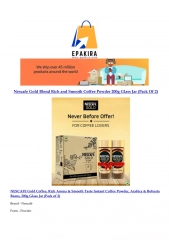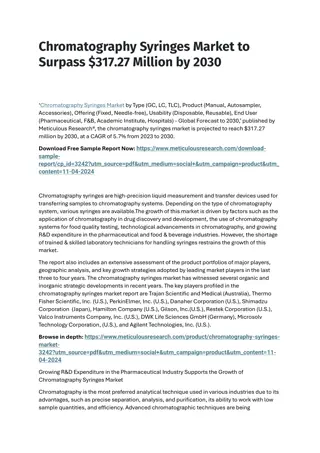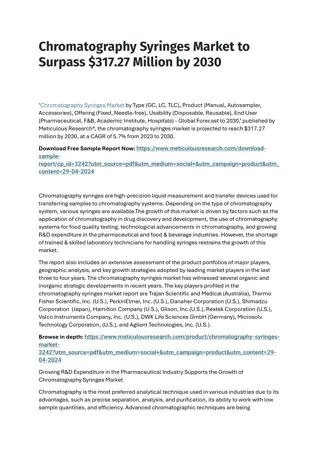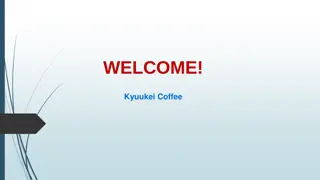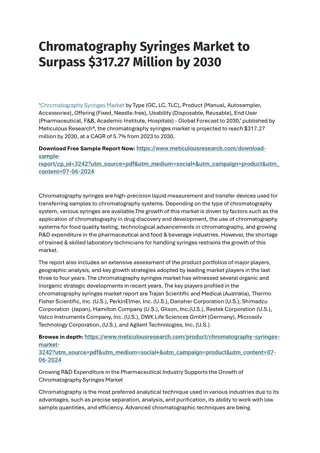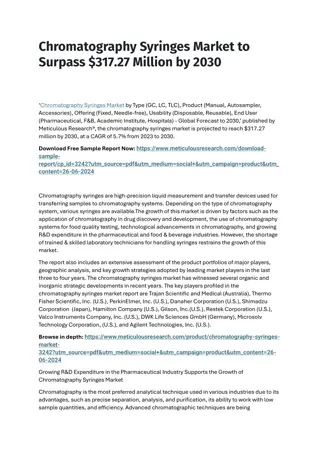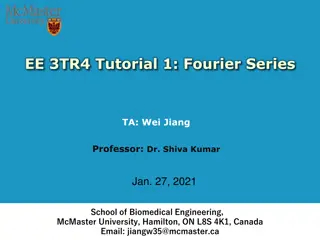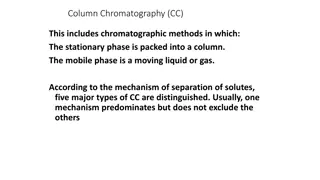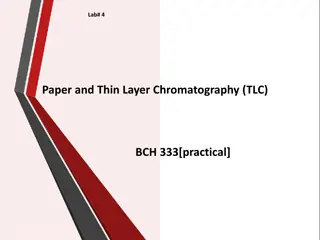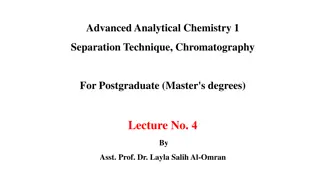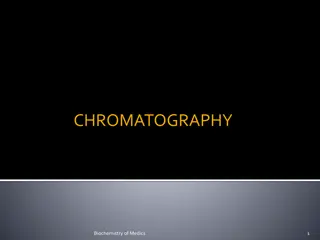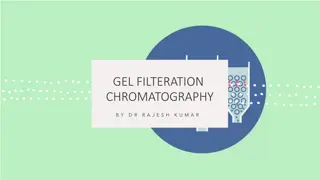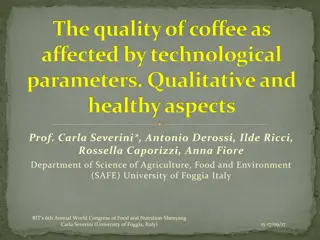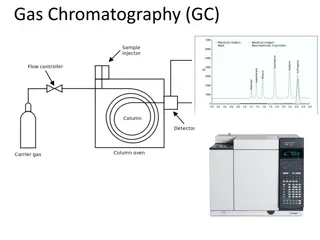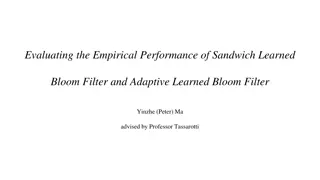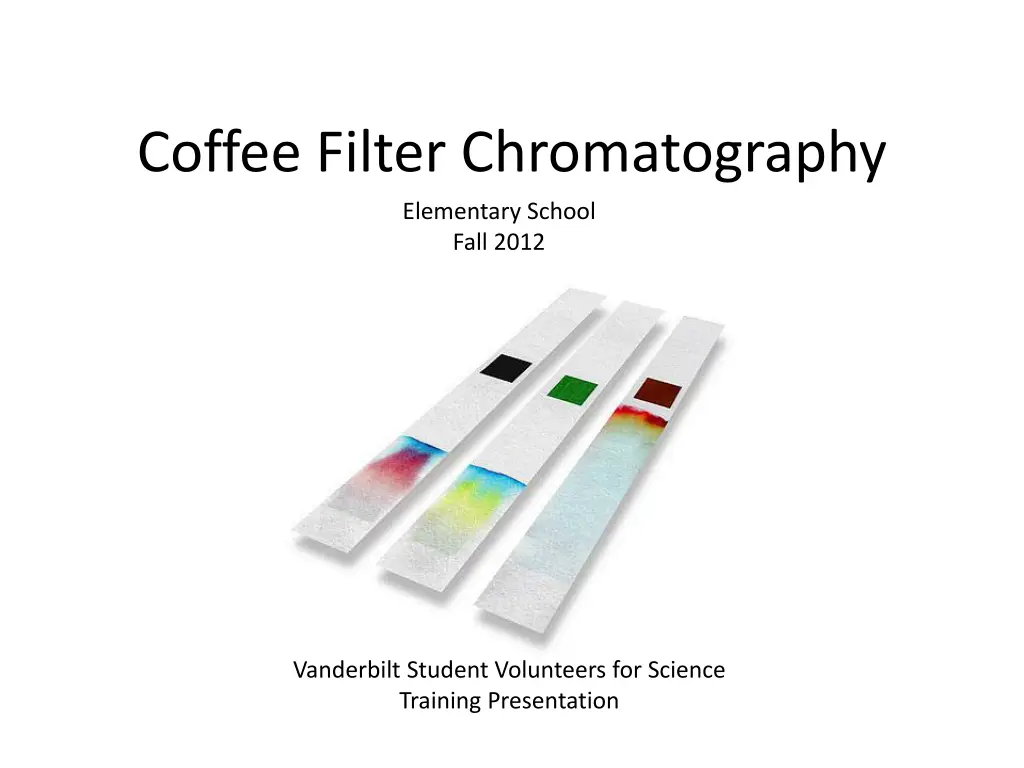
Chromatography in Elementary School: Coffee Filter Experiment
Discover the fun and educational world of chromatography in elementary school! This hands-on lesson involves using paper chromatography to separate food coloring dyes, teaching students about mixtures, chromatograms, capillary action, and more. Engage students in the science of chromatography with simple, colorful experiments.
Download Presentation

Please find below an Image/Link to download the presentation.
The content on the website is provided AS IS for your information and personal use only. It may not be sold, licensed, or shared on other websites without obtaining consent from the author. If you encounter any issues during the download, it is possible that the publisher has removed the file from their server.
You are allowed to download the files provided on this website for personal or commercial use, subject to the condition that they are used lawfully. All files are the property of their respective owners.
The content on the website is provided AS IS for your information and personal use only. It may not be sold, licensed, or shared on other websites without obtaining consent from the author.
E N D

